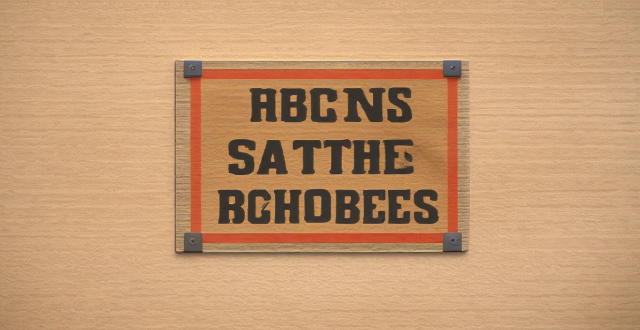The hierarchy of safety signage is divided into four categories: prohibition, warning, mandatory, and emergency. Prohibition signs indicate actions that are not allowed, while warning signs alert individuals to potential hazards. Mandatory signs indicate required actions for safety, and emergency signs provide critical information during emergencies. Understanding this hierarchy is crucial for creating a safe work environment.

Hierarchy of Safety Signage
Safety signage is an essential tool used to communicate potential hazards, precautions, and emergency procedures in a workplace. The hierarchy of safety signage is divided into four main categories: prohibition, warning, mandatory, and emergency. Each category serves a specific purpose and conveys a unique message to the employees or visitors in the area.
Prohibition Signs
Prohibition signs are designed to indicate actions that are not allowed or restricted in a particular area. They typically feature a red circle with a diagonal slash across the image or symbol inside the circle. These signs are used to prevent unsafe behavior and ensure compliance with safety regulations. Examples of prohibition signs include:
- No Smoking
- No Entry
- No Food or Drink
Warning Signs
Warning signs are used to alert individuals to potential hazards or dangers in the vicinity. They often feature a yellow background with black text or symbols and may include images or pictures to illustrate the potential risk. Warning signs are intended to raise awareness and encourage caution when approaching or working near the identified hazard. Common examples of warning signs include:
- High Voltage
- Slippery Surface
- Chemical Hazard
Mandatory Signs
Mandatory signs are used to indicate actions that must be taken or followed in order to ensure safety and compliance with regulations. These signs typically have a blue background with white text or symbols and may include images or pictures to illustrate the required action. Mandatory signs are crucial for guiding employees on proper procedures and promoting a safe work environment. Some examples of mandatory signs include:
- Wear Hard Hat
- Safety Glasses Required
- Wash Hands Before Returning to Work
Emergency Signs
Emergency signs are designed to provide critical information during emergencies or evacuation situations. They often feature green text or symbols on a white background and may include images or pictures to aid in understanding the emergency procedure. Emergency signs play a vital role in ensuring employee safety by directing individuals to emergency exits, first aid stations, and other important locations during an emergency situation. Examples of emergency signs include:
- Emergency Exit
- First Aid Kit
- Fire Extinguisher
In conclusion, understanding the hierarchy of safety signage is essential for creating a safe work environment. By using prohibition, warning, mandatory, and emergency signs effectively, employers can communicate important safety information to their employees and minimize the risk of accidents and injuries in the workplace.